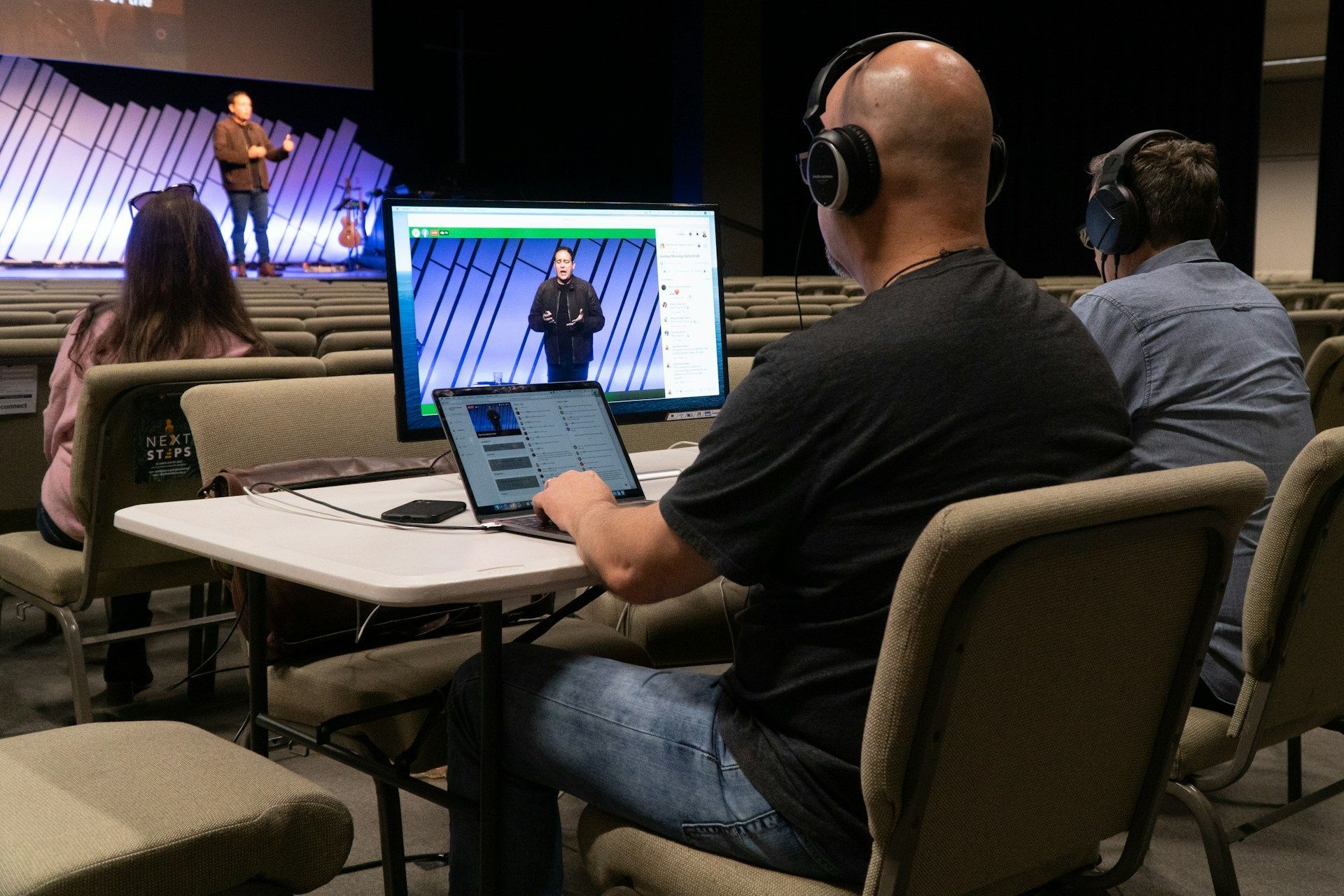How You Can Make Your Church Website More User-Friendly
Having a user-friendly website is important for your church. It helps visitors find the information they need quickly. If your website is easy to use, people are more likely to return and become part of your community.
Start by taking a look at your website's navigation. Simple and clear menus make it easy for people to find what they are looking for. Think about adding quick links to popular pages like service times and event calendars.
Another key factor is making sure your website works well on smartphones and tablets. More and more people use their phones to browse online. Ensuring your website is mobile-compatible means everyone can enjoy a smooth experience, no matter what device they are on.
Enhancing content accessibility can also greatly improve user experience. This involves ensuring all visitors, including those with disabilities, can access and understand your content easily. Lastly, using clear calls to action can guide visitors and help them make decisions, like signing up for an event or joining a group.
Simplify Your Navigation
A clear and simple navigation menu is essential for a user-friendly website. Visitors should be able to find what they're looking for without any hassle. Start by organizing your menu logically. Group related pages together. For example, place all information about services, events, and activities under one category. Avoid cluttering the menu with too many items. Stick to the essentials to keep it clean and straightforward.
Consider using drop-down menus for sub-categories. This can help minimize the number of items that appear at once, making it easier for users to scan through. Keep the language in your menu simple and direct. Use familiar terms instead of jargon or church-specific lingo. This ensures that first-time visitors can understand and navigate easily.
Place important links in prominent areas. Your homepage should have quick access to frequently visited pages like contact information, event calendars, and service details. Having a search bar on your site can also help users find specific information quickly. Make sure it’s positioned where people can see it easily.
Lastly, test your navigation. Ask a few people who aren't familiar with your website to use it. Watch how they interact with the menu and take note of any difficulties they encounter. Use this feedback to make improvements. A smooth navigation experience can make visitors feel comfortable and welcomed, encouraging them to explore further.
Ensure Mobile Compatibility
With so many people using smartphones and tablets, it's important that your church's website looks and works well on all devices. Mobile compatibility ensures that visitors can access the site easily, whether they're using a computer or a phone. The first step is to use a responsive design. This means your website automatically adjusts its layout based on the screen size. Text, images, and menus should resize and reposition to fit smaller screens.
Make sure buttons and links are easy to tap on mobile devices. They should be large enough and have enough space around them to avoid accidental clicks. Test all interactive elements to ensure they function properly on touch screens. Avoid using large pop-ups that might be difficult to close on mobile devices as they can frustrate users.
Next, test the loading speed of your website on mobile devices. Slow loading times can drive users away. Optimize images and files to reduce the load time. Compression tools can help make file sizes smaller without losing quality.
Regularly check your website on different mobile devices and browsers to ensure consistent performance. This includes testing the layout, functionality, and overall user experience across Apple, Android, and other popular platforms. By ensuring mobile compatibility, you keep your site accessible and user-friendly, no matter what device your visitors are using.
Enhance Content Accessibility
Making your church website accessible means ensuring everyone can use it easily, including people with disabilities. To start, use clear and simple language throughout your site. Avoid complex sentences or terms that might confuse visitors. This makes your content easier for everyone to understand.
Add alt text to all images on your site. Alt text describes what’s in a picture, so people using screen readers know what’s there. Keep these descriptions brief but informative. Also, use high contrast colors between text and background to help people with vision impairments read your content more easily.
For videos, include captions or transcripts. This supports visitors who are deaf or hard of hearing by providing them with the spoken content in written form. Make sure your website design allows for easy keyboard navigation, as some users might not be able to use a mouse.
Test your site’s accessibility with online tools designed to identify issues. These tools can guide you in making necessary adjustments to improve user experience. By focusing on accessibility, you welcome a broader audience and ensure your message reaches everyone who visits your site.
Implement Effective Calls to Action
Effective calls to action guide your website visitors toward taking important steps, like signing up for a newsletter or volunteering for an event. Each CTA should be clear and easy to find. Use action-oriented words like "Join Now" or "Learn More" to prompt visitors to take the next step.
Place calls to action in strategic locations across your website. Common spots include the top of the page, within the main content, and at the bottom of the page. Don’t overwhelm your visitors with too many calls to action; focus on key actions that matter most. Make sure buttons are easily visible and use contrasting colors to make them stand out.
Personalize your calls to action depending on the page content. For example, on an events page, a CTA might encourage visitors to "Register Today." On a contact page, it could say "Get in Touch Now." This helps match the action with the content, making it more relevant.
Regularly review and test different versions of your calls to action to see which ones perform best. This process, known as A/B testing, can help you refine your approach over time. By implementing effective calls to action, you motivate visitors to engage more deeply with your church community.
Conclusion
Making your church website user-friendly enhances the experience for both current members and new visitors. By simplifying navigation, ensuring mobile compatibility, enhancing accessibility, and implementing effective calls to action, you create a welcoming and functional online space. These efforts show your commitment to connecting with people and sharing your mission.
Faithworks Marketing is here to help you create a
user-friendly church website that truly represents your community. We specialize in SEO, Google Ad Grant, social media, and web design for nonprofit organizations and churches. Reach out to us today, and let us enhance your website to engage more people and grow your community!












